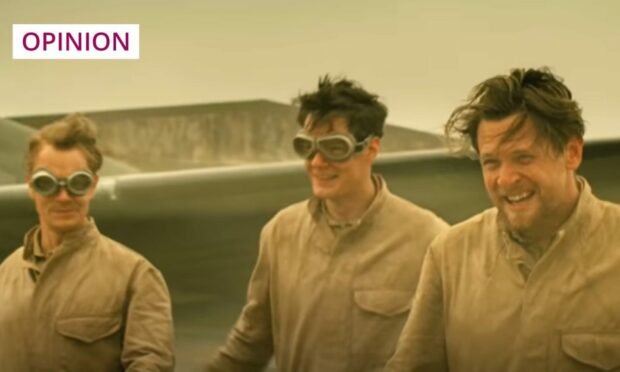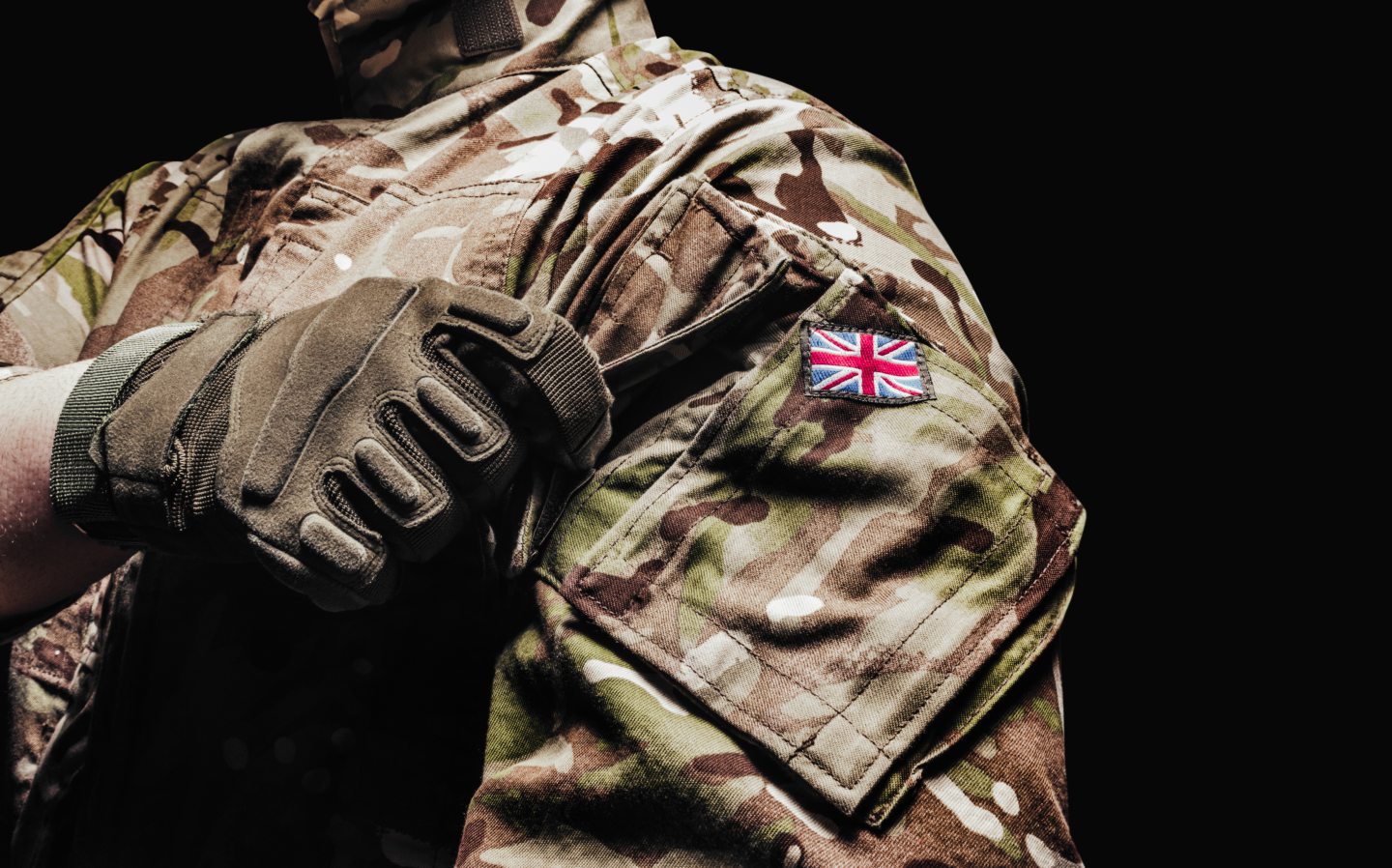It’s at times like these – after a petrified audience witnessed someone trying to hack Sir Salman Rushdie to death – that we wonder how we might react in similar circumstances.
I was in awe of ordinary people who leaped towards danger without regard for themselves. In all probability, they prevented Rushdie from being killed on the spot.
What is in the psyche of these heroes which propels them forward rather than makes them retreat?
In war, ordinary people are trained to perform extraordinary feats.

On this theme, I sit spellbound by documentaries about British special forces on suicide missions during the Second World War. SAS and commando units also stepped forward courageously – despite an extreme possibility of meeting their own deaths.
People in the Rushdie audience were in the same boat.
There was no time to think about it, but they also embarked on a potential suicide mission – concentrated into a few seconds – to overpower religious extremism at its worst.
I don’t revel at death and destruction in documentaries; far from it, I’m appalled. The fascinating aspect for me is the mental fortitude of those who stepped forward into the maelstrom.
SAS tactics have always been controversial
There was one in particular about how the SAS was created around 80 years ago as a hit-and-run force to destabilise the Nazis in North Africa.
It wasn’t merely exciting and dangerous, this was “Boys’ Own-max”.
Small bands of men in jeeps, festooned with machine guns and explosives, marauded deep into enemy territory to blast German and Italian airfields in lightning raids. They would disappear into the desert night like phantoms, despite overwhelming enemy numbers ranged against them.
But their tactics were not without controversy, then and now.
A dramatised version is soon to burst on our screens from the creator of Peaky Blinders – it’s called SAS: Rogue Heroes.
Some might think it’s all the creation of a scriptwriter’s fevered imagination, but the BBC series is based on a respected non-fiction book of the same name, very similar to how the Steven Spielberg and Tom Hanks Band of Brothers TV programme emerged.
The SAS was the brainchild of Scottish aristocrat and army officer David Stirling from Perthshire, played by actor Connor Swindells.
Gaps in evidence seemed filled by guesswork
There was a certain irony about the timing of the BBC drama department’s release of a TV trailer to publicise their upcoming blockbuster. Bosses boasted that it would show “how the world’s greatest special forces unit was formed” in the darkest days of the war.
Did no one warn them that their colleagues at Panorama were putting the final touches to a gruesome expose of the modern SAS? And it was anything but the “greatest”.
They claimed one SAS unit had literally gone rogue in Afghanistan a decade ago and committed “death squad” war crimes against helpless captured prisoners while hunting the Taliban. Bad timing with a drama series lionising their image in the wings.
The BBC was pointing a finger in the public interest, but I felt uncomfortable: gaps in the evidence seemed to be filled by assumptions and guesswork.
Ironically, past warriors like the SAS preserved our democracy – and the right to make powerful challenges to military or political masters without fear. Elsewhere, they provoke horrific reprisals; look at Rushdie.
A real-life character in the TV series who you might well find unforgettable is the legendary Colonel Paddy Mayne, who succeeded Stirling as SAS leader during the war.
The former Irish and British Lions rugby lock forward was ferocious and merciless in battle. But, while exhorting his SAS troopers to kill as many Germans as possible, he also warned: “They must know that they will be safe and unharmed if they surrender.”
‘We are indebted to men of violence’
We know that our special forces kill unconventionally, but expect a measure of British decency. Churchill paid tribute to them with a memorable quote all those years ago. The quote’s origins are also attributed to Orwell or Kipling, but nobody can really pin it down.
Controversy shadowed the elite regiment, with some in the establishment frowning at its maverick behaviour
It goes like this: “We are indebted to men of violence who go forward to confront other men of violence in the dead of night to keep us safe in our beds.” As true now as then, in our dangerous world today.
Controversy shadowed the elite regiment, with some in the establishment frowning at its maverick behaviour. Mayne was later awarded a Victoria Cross on the battlefield, but it was withdrawn in what was perceived to be murky political circumstances.
The SAS entered an equally spectacular but more tragic phase, deep behind enemy lines in France.
In another SAS book, author Damien Lewis estimated that about 100 SAS soldiers were captured by the Germans after D-Day, but only six survived the war. The Nazis made sure they vanished without a trace, under direct orders from Hitler.
Lewis wrote that living descendants still yearn to know what happened to them. Perhaps the BBC might make a programme about that, too.
David Knight is the long-serving former deputy editor of The Press and Journal


Conversation